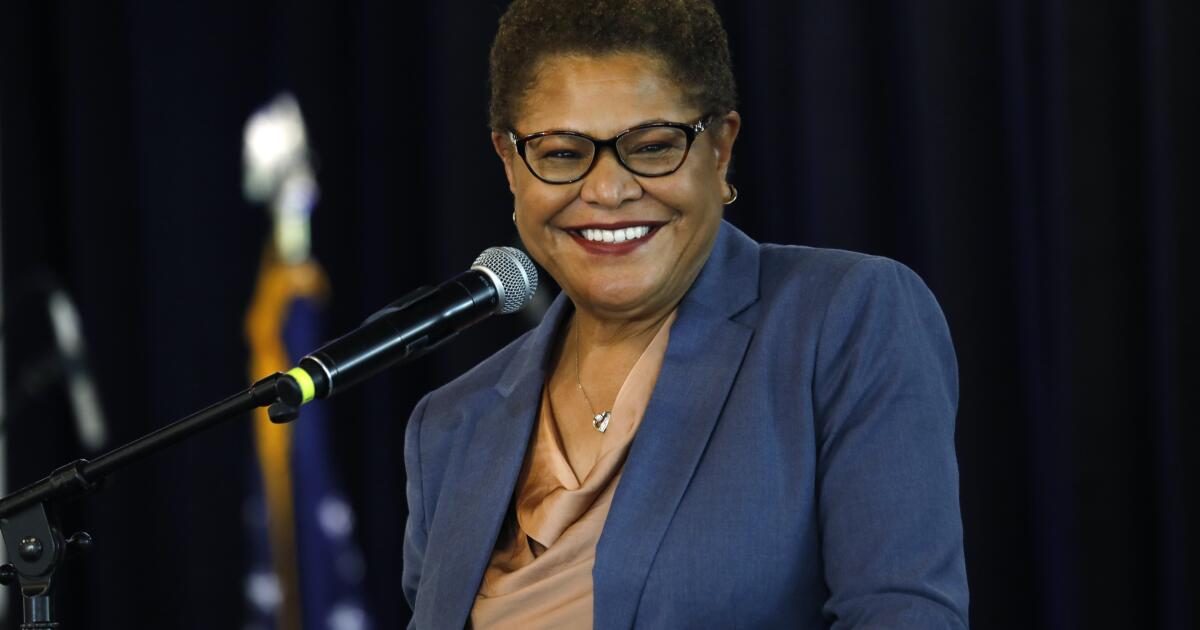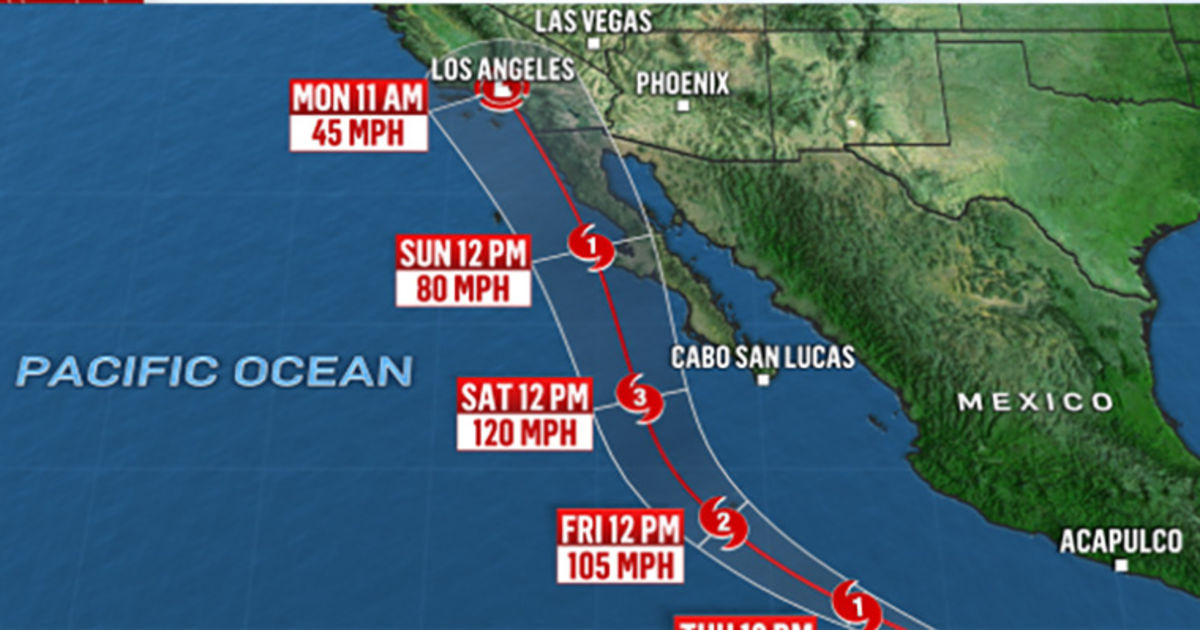Specifically, according to accounts of four people with knowledge of the situation,
M. Kaleo Manuel, a Native Hawaiian cultural practitioner and DLNR’s deputy director for water resource management, initially balked at West Maui Land Co.’s requests for additional water to help prevent the fire from spreading to properties managed by the company.
A Note On Anonymous Sources
Civil Beat generally uses on-the-record sources. However, we occasionally use unnamed sources when a source is sharing important information we wouldn’t have otherwise been able to obtain and when they could face negative consequences for speaking publicly. The reporter and at least one editor must know the identity of the source and the use of anonymity must be approved by a senior editor. You can read more about our anonymous sources policy
here.
According to the sources, Manuel wanted West Maui Land to get permission from a taro, or kalo, farm located downstream from the company’s property. Manuel eventually released water but not until after the fire had spread. It was not clear on Monday how much damage the fire did in the interim or whether homes were damaged.
Manuel declined to be interviewed for this story. DLNR’s communications office said in an email that it was supporting the state’s emergency communications response and “unable to facilitate your inquiry at this time.”
Glenn Tremble, an executive with West Maui Land Co. said to have knowledge of the dispute, did not return a request for comment.
However, Gov. Josh Green spoke candidly Monday during a press briefing about conflicts over water on Maui – although not the DLNR-West Maui Land Co. incident directly – and encouraged news media to explore the issue. The conflicts are rooted in the diversion of water by large plantations, which starved downstream users from a resource essential for Native Hawaiian agriculture, particularly the
traditional practice of growing taro or kalo.




